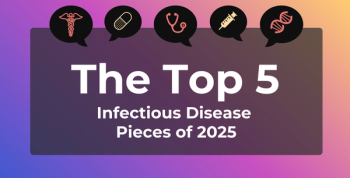
Narrow Networks in ACA Marketplaces: State-by-State Analysis
An analysis of provider networks offered in the Affordable Care Act's marketplaces found large variation of the prevalence narrow networks among the states, according to researchers at the University of Pennsylvania.
As one of the few remaining cost-containment tools still available to insurers, narrow provider networks are being used to lower premiums in a variety of ways. However, it is still difficult for a consumer to assess network size.
A
“As the prevalence of narrow provider networks increases, the ability to measure their size, assess their adequacy, and transparently communicate this information to consumers and regulators becomes essential,” authors Dan Polsky, PhD, and Janet Weiner, MPH, both with the Leonard Davis Institute of Health Economics,
The researchers analyzed 394 unique provider networks offered by 267 different issuers being sold in the marketplaces for all 50 states, plus the District of Columbia. They then categorized network size into 5 groups: x-small (less than 10% of physicians in the rating area); small (10% to 25% of physicians); medium (25% to 40% of physicians); large (40% to 60% of physicians); and x-large (more than 60% of physicians).
Any networks considered x-small or small were labelled “narrow.” The researchers found no narrow networks in 12 states: Alaska, Arkansas, Connecticut, Delaware, Montana, North Dakota, New Hampshire, Oregon, Rhode Island, South Dakota, West Virginia, and Wyoming. However, the prevalence of narrow networks ranged greatly in the remaining states from just 13% in Idaho and North Carolina to 83% in Georgia.
They were unable to determine exactly why one state might have more narrow networks than others, but they did find a strong correlation between states offering health maintenance organizations (HMOs) and states with more narrow networks. This didn’t hold true for all states though: none of Idaho’s HMO networks were considered narrow compared with half of its preferred provider organizations (PPOs). Meanwhile, 91% of California’s HMOs were narrow compared with just 33% of its PPOs.
“Well-functioning narrow networks will survive only if they are made more transparent to consumers and are regulated to ensure sufficient network adequacy,” Dr Polsky and Ms Weiner concluded.
Newsletter
Stay ahead of policy, cost, and value—subscribe to AJMC for expert insights at the intersection of clinical care and health economics.








































